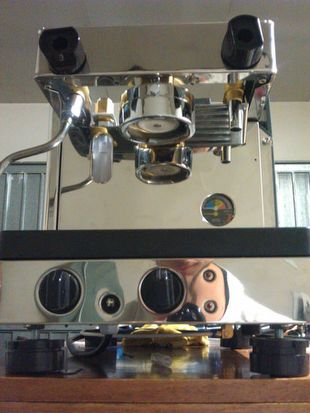Geek warning!!! I have simplified this as much as I can.
I have had the privilege of restoring pieces of what I consider a beautiful part of history. I have an increasing respect for the creators of these machines that are a bigger part of our modern culture than we often realise.
My latest rebuild, which is 99% percent complete, is a 1984 La Cimbali Junior. It is particularly special to me because I was born then, so in some ways, this is my Italian brother that I never knew :)
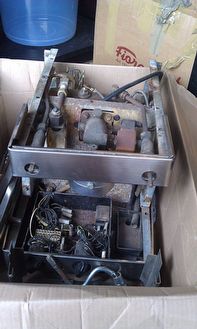 Still in the box. Looks pretty much like scrap metal at this stage.
Still in the box. Looks pretty much like scrap metal at this stage.
I love the old school way of building things; weight was not a consideration. The sturdier the better. Everything was made out of thick plate metal, plastic was kept to a minimum and its functionality matched beauty. I sometimes wonder if in 28 years time the machines of today will still be working.
This machine as designed before a time of electronic flow meters that measure the amount of water going through it. The Cimbali Junior was the only machine that I know of that used a tank in the back of the machine with different probes inside it to measure the amount of water going through the coffee. Basically, the top probe is the high limit probe, when the water gets pumped out of the tank through the coffee, the circuit board senses when the water is no longer touching the selected probe and then stops the pump, seriously cool.
My rule for restoring pieces is that I try to keep things as original as possible but make minor improvements that modern research have taught us.
Step one: The stripdown
I stripped down all the pieces to their components parts. The frame goes to the sand blaster and powder coaters, normally they have been painted with a high heat spray paint, which is good initially but can flake off after age. I prefer to powder coat the frame. Powder coating is a process of negatively charging the item that you want painted and spraying a powdered paint on it, the paint almost statically sticks to the item, they then bake it in an oven at around 200 degrees to melt the paint and fuse it on the surface of the metal.
Step two: Descaling
A hot citric acid is used to soak the brass and copper parts to descale them, scale is built up over time, if you look at the bottom of your kettle you will probably see a black mark there. When water gets heated up it drops its heavy elements: calcium, magnesium etc. These sink and harden. After 28 years of no maintenance and possibly water filtration this is what it looks like and takes days of soaking to get it out. Once the boiler is free from scale, get it nickle plated to keep it looking original, and it looks pretty cool:
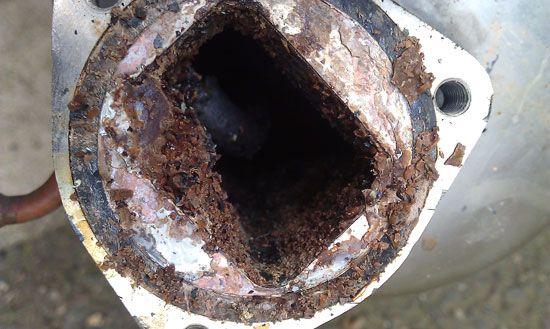 Step three, re-wiring(especially if the machine is older than 15 years)
Step three, re-wiring(especially if the machine is older than 15 years)
Wiring gets hot inside a machine so silicone wiring is the way to go. A wiring diagram makes re-wiring easy. I use heavy gauge 2.5mm wiring for the element wires and normal 1.5mm wire for the rest. I would always put a new pressure stat, safety hi limit switch and pressure relief valve on old machines, always good to be safe.
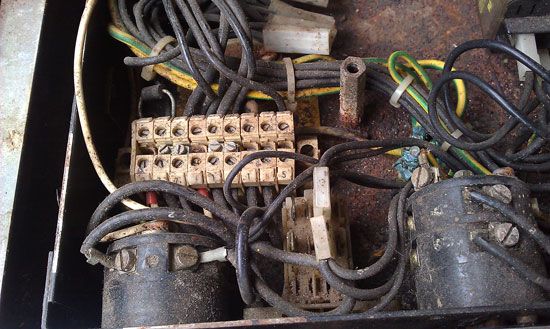
Before.
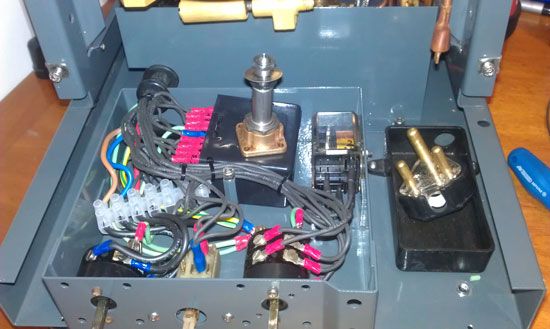
After.
Step four: The re-assembly
The cool part is the re-assembly, it is also the part which takes the most time, making sure things fit and being careful not to bend any copper pipes or dent the boiler can be quite stressful.
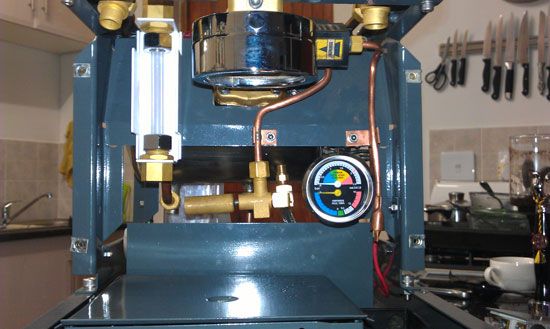
I use Viton orings instead of the standard EPDM rubber ones. Viton is more expensive but lasts much longer...So new gasket and o-rings all round, new wiring and connections, right now I cant wait for it to be completed. I usually keep a bunch of different size stainless steel bolts and nuts, and on the newly powder coated body they look pretty awesome. Once everything is on check all the water connections connections for leaks under 3 bar tap pressure, test all the wiring connections and hold thumbs while I flip the switch to see if it turns on.
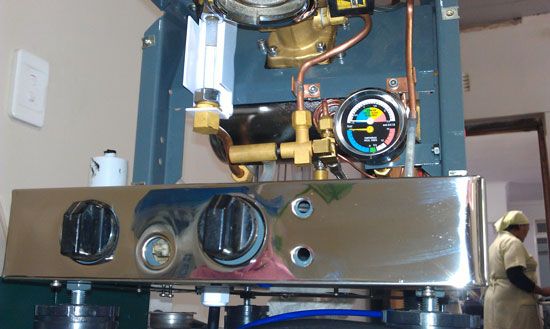
A couple of leaky connections stop leaking by tightening them a tad more.
The finished product is off the charts. Mostly original apart from adding a dual gauge so I can measure brew pressure as well as boiler pressure and adding a 0.7mm group jet to give it a longer pre-infusion.
I can confidently say that this machine will outlast me.
You can pick up machines for pretty cheap on Gumtree or junkmail, If you are good with your hands, have patience and willing to put the possible 30+ hours into a rebuild of a machine it can be a seriously rewarding experience.
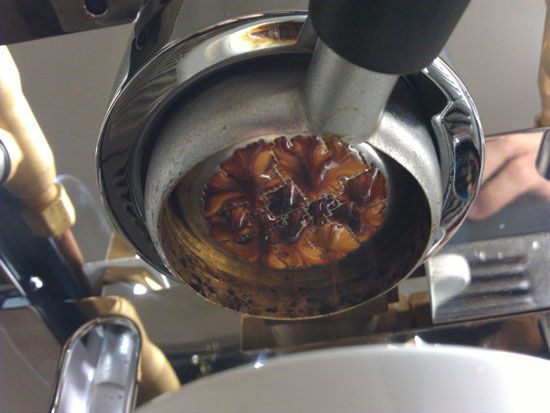
And now it makes magic. Beautiful espresso magic.
Do you have any technical questions for Craig? Ask him anything coffee equipment related, seriously. He's amazing.






